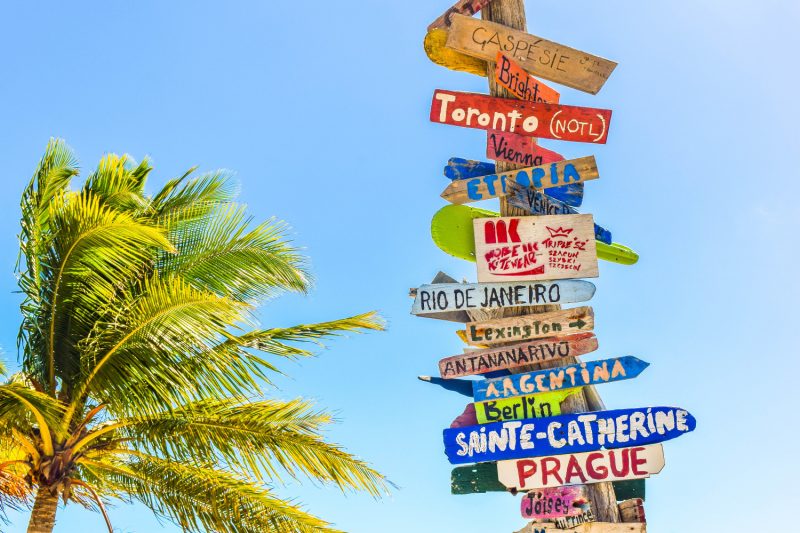Unfortunately, there are quite some additional things you will need to consider for gaining the trust and confidence of foreign customers to shop with you. Making your online store available in their native language is the first step but what’s just as important is to adapt it to local culture and preferences. Getting that right will make your customers spend more time on your website and increase the chance of buying your products. That’s what you’re after, right?
Cross-border e-commerce is booming business. It offers tremendous opportunities for (r)etailers to grow internationally without having to open physical shops abroad. Sounds like an easy task. Just copy-paste your webshop into the language of the country you are expanding into, spend some money on online advertising and wait for the orders to roll in.

Local culture and preferences
Don’t forget the details
Most of the items on your checklist are no rocket science:
- Currency: of course you will need to sell your goods in the currency of that specific country
- VAT: do not forget to include the correct VAT and tax calculations
- Payment options: adjust your payment options to what is locally preferred and accepted. Did you know that in Lithuania for instance, customers may prefer to pay in cash upon delivery? Whereas in other countries credit card or Paypal payments are the way to go.
- Shipping and delivery options: how long are customers willing to wait for their product? Is next-day-delivery a prerequisite? Should you offer time frames for delivery?
- Sizes and measurements: sizes and measurements are not universal. So, make sure you adapt these into local/regional customs.
- Customer support: if you sell products outside your home country, make sure your customer service team(s) can answer calls and messages in a foreign language. Also, questions can arise that you may not have heard before, just because these can be very market or country-specific.
- Customer service hotline: if you allow your customers to contact you by telephone, ensure you use a hotline phone number that feels ‘local’ and is compliant to local rules and regulations. (more about that here)
- Quality labels (e.g. TüV, e-Trust) and review scores: when entering a new country, also check which trust marks your prospective customers value. Such labels and review scores contribute to the trust and confidence in doing business with you.
This may all seem very simple. With Google and a portion of common sense, you can come a long way. Nonetheless, when it comes to the details, you probably need the expertise of a specialist to get it right.
Please call us abroad
For some reason, many online stores that go cross-border have not yet investigated customer service number options. The quickest way is to publish the number you use in your country of origin (e.g. +31 12 3456789) on your foreign websites. At least your customers from abroad can contact you by phone now. But most customers don’t want to call abroad when they have questions. They want to be supported in their native language, via a local telephone number. When ‘localization’ is key to online success, this also applies to local service numbers. These are easily recognized and do not give the impression that calling you (from abroad) is expensive.
Create trust and understanding
Trust is an important thing if you want people to buy from you. And offering a local customer service number helps do that. The better you understand the market you’re entering, the better you can meet or even exceed local expectations. You don’t want to make a costly or embarrassing mistake that will ruin your cross-border sales before it properly got going. So, make sure you completely optimize ‘localization’ and don’t forget to also get the right numbers in place.

